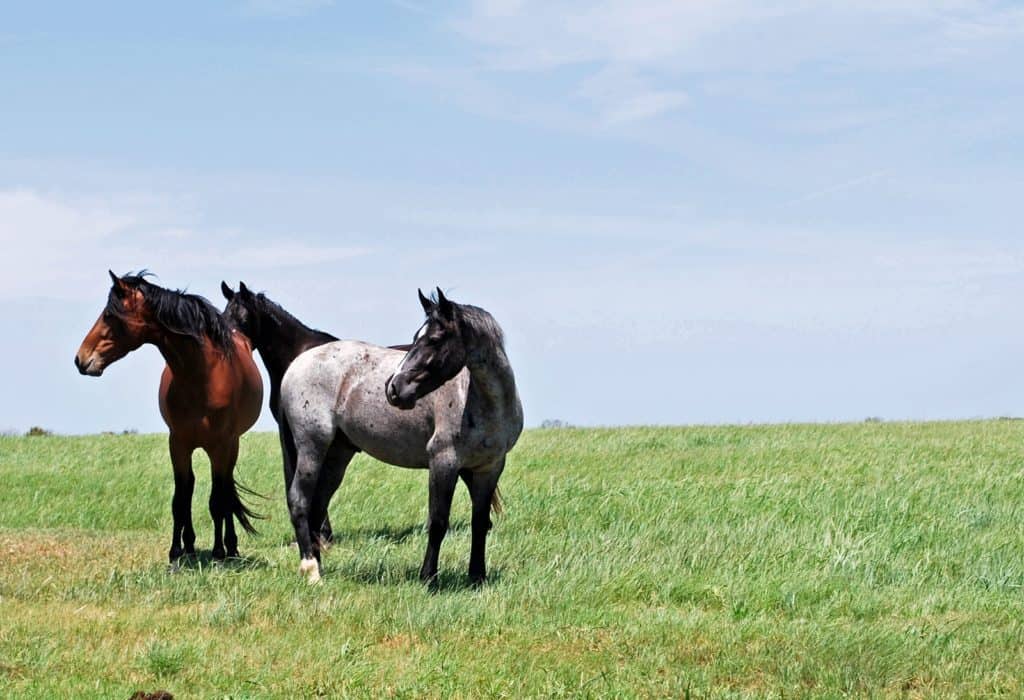
Stem Cell Preparation and Delivery (AAEP 2012)
One veterinarian describes how to prepare the stem cells, horse, and equipment for treatment.

One veterinarian describes how to prepare the stem cells, horse, and equipment for treatment.

Penetrating injuries can have serious consequences for horses, but vets are well-versed in handling them.

Researchers recently evaluated adult progenitor cell characteristics from healthy and laminitic horse hooves.

Dysphagic foals require immediate, specialized care to ensure they begin life without a nutritional deficit.

Researchers examined ways to minimize gastrointestinal complications when treating EP with imidocarb.

Researchers have worked tirelessly to better understand the disorder, its causes, and how to best manage it.

With appropriate care and use, vets can mitigate some risks associated with intra-articular corticosteroids.

Achieving therapeutic drug levels sooner using a loading dose could minimize S. neurona-caused damage.

Ultrasound can be a valuable aid to practitioners when assessing the cause and severity of colic.

Non-weight-bearing lameness is one of the most common emergencies practitioners manage in the field.

Researchers found that stallions can still lead productive lives as studs with only one testis.

Dr. Stephen Reed recaps studies on endocrinology, neurologic and muscle disorders, foal health, and more.

One veterinarian provides insight on BLM wild horse and burro project and the challenges it faces.

Some nutritionists have speculated that certain dietary supplements might assist with equine ulcer management.

Planning for potential dental extraction complications is essential to a successful procedure.

Veterinarians must take several steps to minimize the horse’s chances of developing a joint infection.
Stay on top of the most recent Horse Health news with
"*" indicates required fields